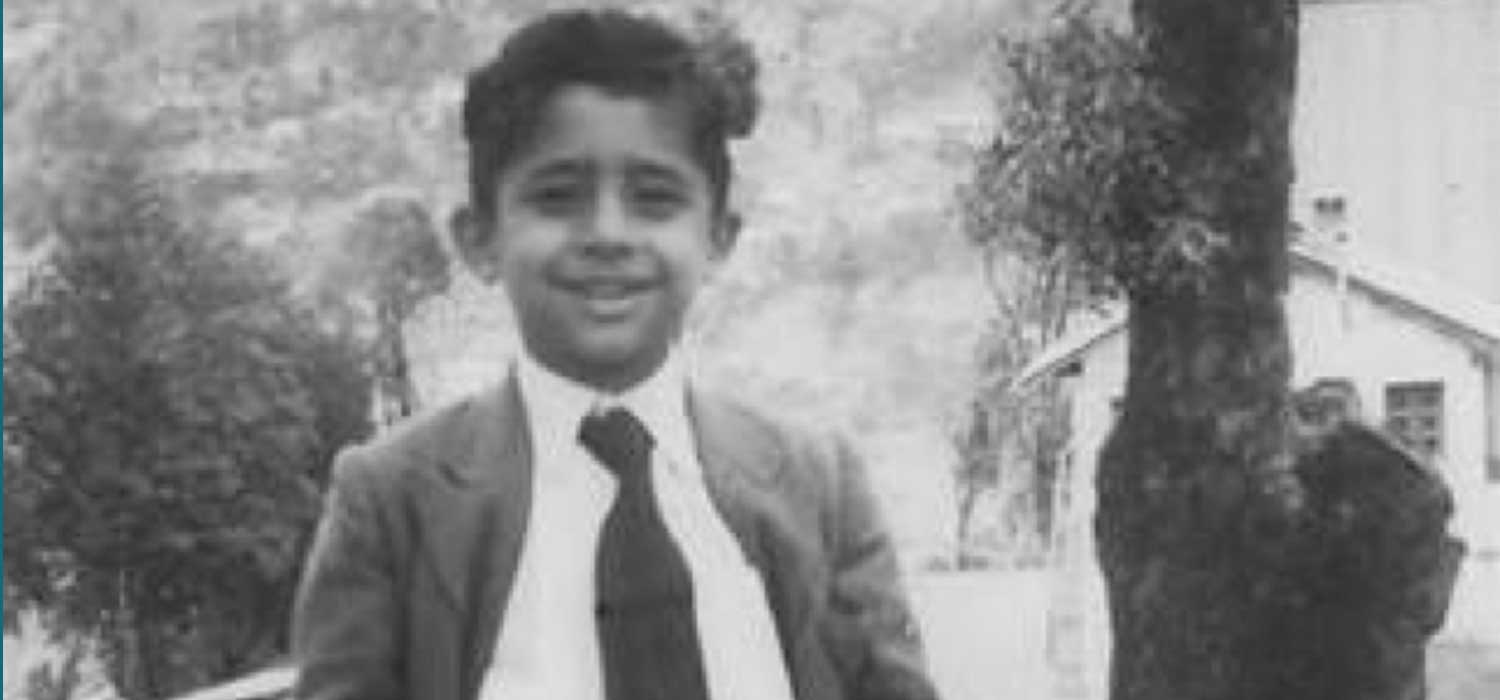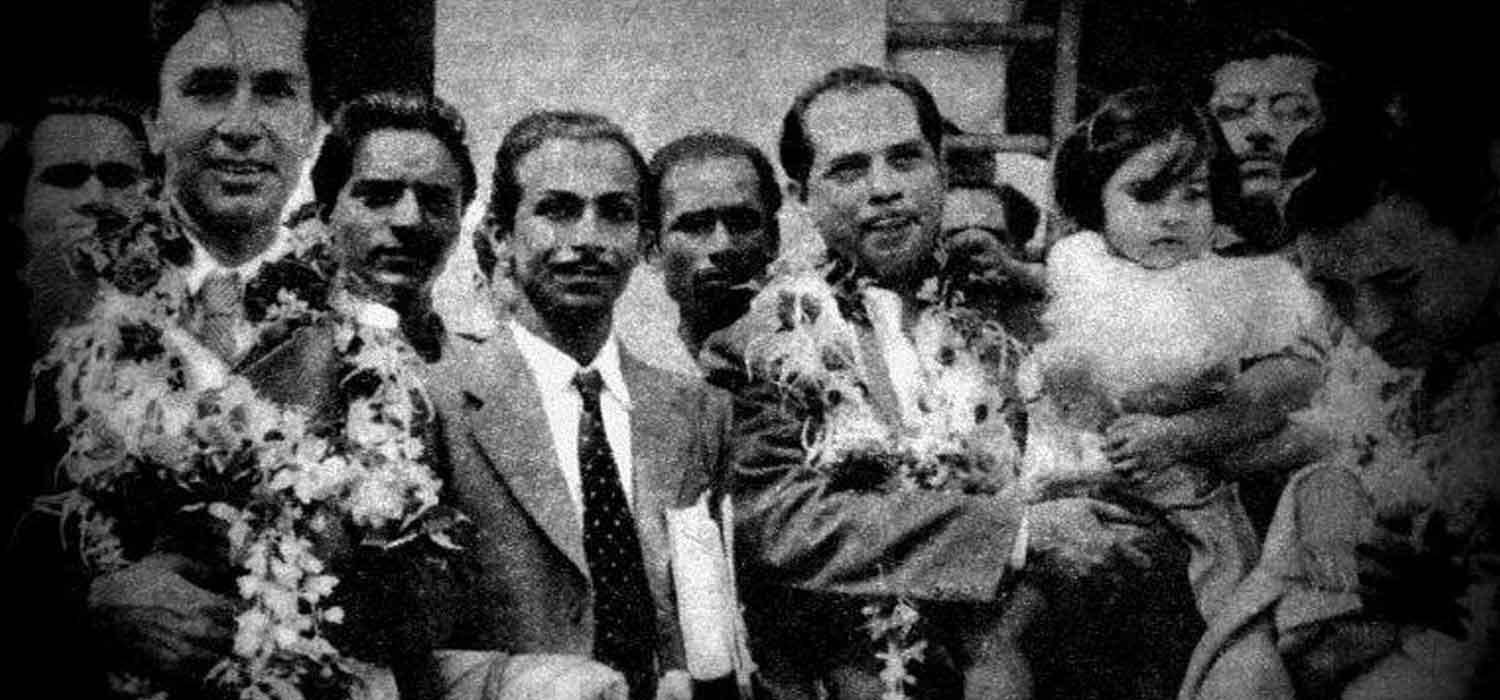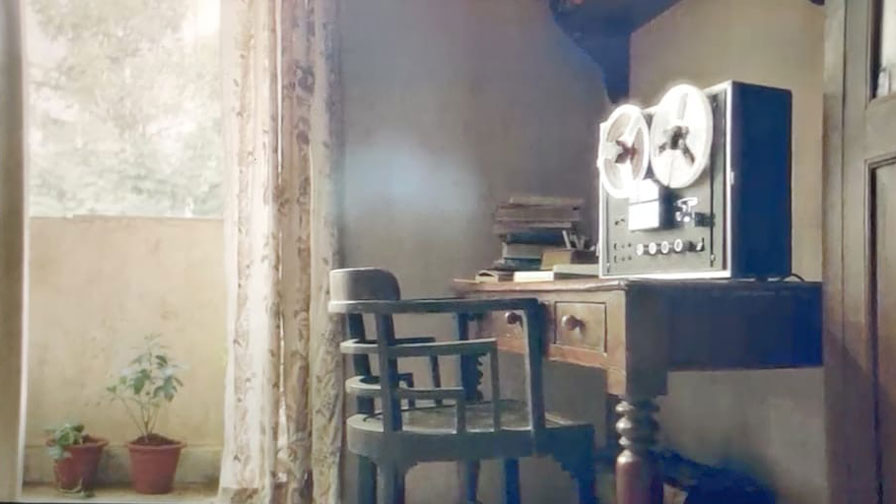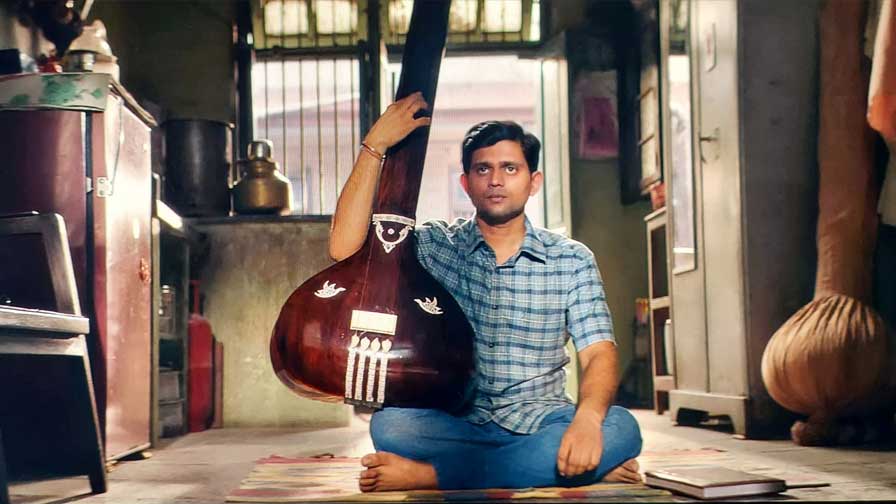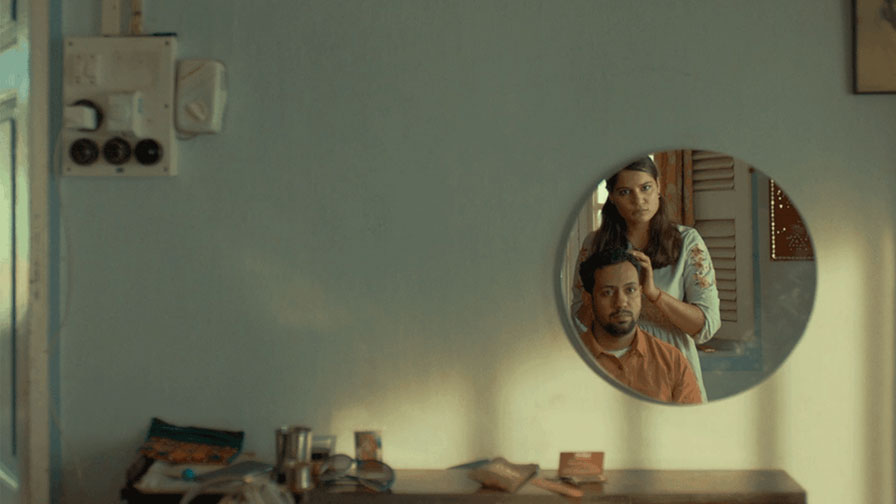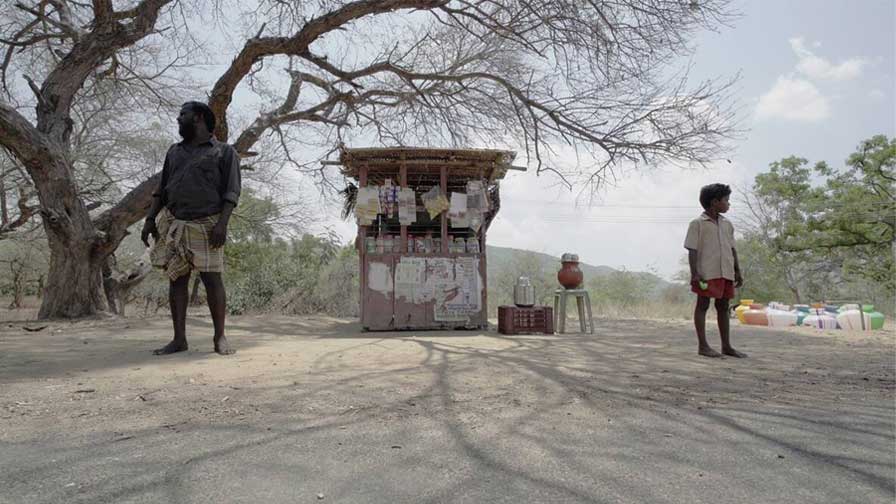Have you ever had the opportunity to observe an actor observing himself? Naseeruddin Shah: The Angel of Chaos Early Noughties, Mumbai. In a sultry Mumbai studio, poet extraordinaire Gulzar’s face flickers on a mounted screen. He’s paying a tribute to Naseeruddin Shah, today’s guest on the sets of Jeena Isi ka Naam Hai, one of […]
Learn MoreTo my sorrow I never really got to know my father. I sometimes feel that if he had lived longer, perhaps my brother, Joy Bimal Roy, or I could have worked with him and learnt the craft in a way that no school or textbook can teach. But my father did not really like us visiting […]
Learn MoreShoma Chatterji is the author of 24 books, including 12 on cinema. A PhD in Indian cinema history, she has been honoured with the Rotary Club Lifetime Achievement Award, Bengal Film Journalists Association’s Best Critic Award, Bharat Nirman Award, UNFPA–Laadli Media Special Award, Kalyan Kumar Mitra Award, & 2 National Film Awards. What is […]
Learn MoreA tragedy in three parts, each separated by prolonged blackouts, The Disciple takes shape using the Indian classical music fraternity as one big metaphor to demonstrate how in today’s world of self-promotion and exaggerated marketing, degradation has occurred in almost every field, and how our blinded attitudes are responsible for the distortion of many of […]
Learn MoreArtist Warning: this analysis of The Disciple contains spoilers. Artist The protagonist of The Disciple, Sharad Nerulkar, above all is a seeker, and is deeply in love with music, aspiring for absolute union with his art; thus making this a love story, albeit, not a conventional one. The conflict in its external form is society and […]
Learn MoreReview of Anita — a short fiction film written/directed by Sushma Khadepaun Karl Jaspers defines boundary situations in which real situations become all-encompassing or transcendental situations. Gilles Deleuze in his Cinema books, pronounces limit-images as Jasperian boundary situations in which a situation or action becomes transcendental. Situation and actions resolve into one another to form the […]
Learn MoreShot in a vertical aspect ratio, Yudhajit Basu’s Kalsubai attempts a layering of consciousness that is, at base, hierarchical. The shot, which is between the ‘On’ and ‘Off’, gestures on the recording button on the camera and is a rhizomatic construct i.e., it connects one middle to the next middle. Basu’s attempt however is to challenge this […]
Learn MoreJoji — a comparative study of four Macbeth inspirations Literary works provide off-the-shelf fast food in the pecking order for film makers to ply their trade when writers’ block bite them. However, a majority of these “inspired” adaptations by filmmakers have always been a tricky and tacky proposition. Only a very few stay true to […]
Learn MoreReminiscence of how REQUIEM came to be I dreamt that Ma and I were stranded in a rocky barren landscape in the dead of night. It was pitch dark with no humans or illumination in sight. We were completely isolated from the world. Ma was whimpering in pain and crying for help. In my dream […]
Learn MoreSet in the location-space that is the village of Arittapatti in Tamil Nadu, Pebbles (Koozhangal) immediately establishes the Oedipal relationship between the chain smoking, drunk Ganpathy and his son. The two take a bus ride together, the view of the window of which emphasises the cinematographic screen that is between the love-hate relationship between director, audience and […]
Learn More
